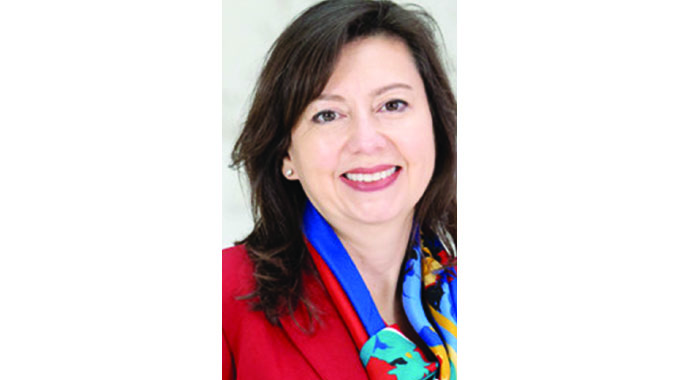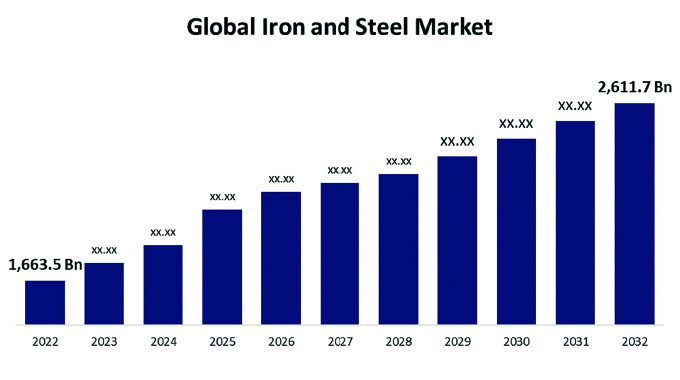‘Zim’s financial inclusion bearing fruit’
Kudakwashe Mhundwa and Michael Tome Business Reporters
ACCESS to financial products for Zimbabwe’s marginalised groups has significantly improved, as the country’s Financial Inclusion Strategy which was introduced in 2016 has begun to bear fruit, a senior banking official has said.
The Reserve Bank of Zimbabwe (RBZ) launched the National Financial Inclusion Strategy in 2016, targeting the underserved and marginalised population. At the time smallholder farmers, small-to-medium enterprises, women and youth accounted for the bulk of the economically active population but were significantly financially excluded.
FinScope Consumer Survey 2014 revealed that 23 percent of Zimbabweans are financially excluded (do not use financial products, to manage their financial matters) as eight percent rely only on informal financial products or services, 30 percent used bank services while 39 percent used other formal non-bank services.
Addressing delegates at a Zimbabwe Financial Inclusion forum RBZ Deputy Governor Dr Josephine Chipika said the country’s financial services sector has recorded a significant increase in terms of access to different groups of the country’s populace.
“In respect of bank accounts, as at December 2016 before the introduction of the financial inclusion policy we were at 1,49 million bank accounts nationwide and at the end of last year we had 6,73 million.
“We have improved access by all the initiatives, we are working on low cost accounts, that is where most of the accounts are being opened, 4,67 million of the 6,73 million accounts are low cost accounts so we are sure its financial inclusion for the marginalised sector is being achieved,” said Dr Chipika
She also highlighted that the number of micro- small-medium enterprises who have bank accounts has also increased.
“The number of Small to Medium Enterprises with bank accounts was at 71 000 in 2016 and we are now at 100 000 while women accounts were 769 000 in 2016 the number now stands at 1,7 million to date,” she said.
She however lamented the limited loan uptake by small businesses, youth and women, a move which she said should be addressed.
“Value of loans to Micro Small and Medium Enterprises was 131 million in 2016 and now almost 170 million it’s improving but we need the uptake to be on a higher rate.
“This ultimately means that money is not yet where it should be and statistics tells us that two thirds of the country’s GDP is coming from Small to Medium Enterprises so things have to change.
“Value of loans to women stood at $277 million, we are now at $432 million this means we are moving in the right direction, what we need to improve is the rate of increase but the path is correct,” she said.







Comments